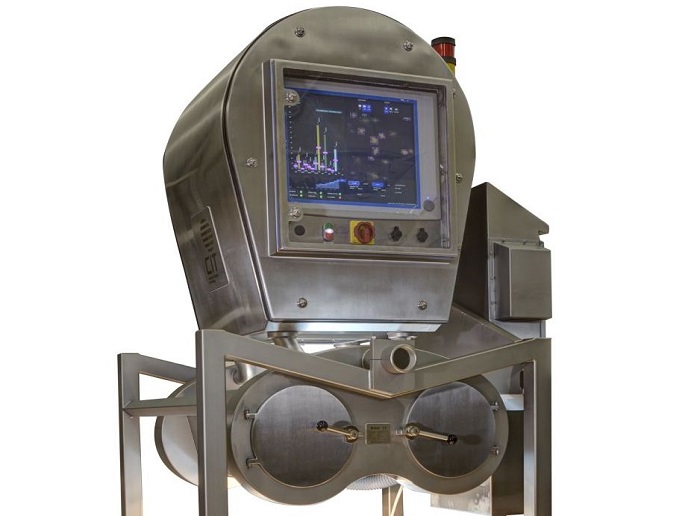Novel methods and theories for better detection and testing of economic phenomena
The EU-funded CHANGE-POINT TESTS (New results on structural change tests: Theory and applications) project set out to achieve two main aims. The first objective was to provide novel techniques for tackling the non-monotone power issue of a large family of structural breaks tests widely used in econometrics and statistics, and to demonstrate that such techniques have additional contributions. The other objective was threefold. Firstly, to demonstrate that overlooking structural changes in financial time series results in biased and inconsistent risk management estimates, ultimately leading to investment misallocations. Secondly, to propose methods for assessing the stability of financial time series that can be used as a quality control process for financial risk management and demonstrate that monitoring implied volatilities leads to early warning indicators of a changing risk structure. Lastly, to propose an innovative way of creating prediction-based change-point statistics that decrease the detection delay of current sequential tests and give the probability of a structural change. Specifically, project partners developed an analysis of test statistics with estimation error for residual specification tests or two-stage estimators. They also devised an asymptotic theory of these tests that can be applied to various econometric requirements, provided they satisfy certain conditions. Researchers also provided applications of the asymptotic analysis to time series and discrete choice models. By introducing a new estimator, the CHANGE-POINT TESTS team found a solution for statistical tests that fail to detect changes in economic processes or structural changes. In addition, it assessed the properties of a recently proposed family of time series models where the regressand is observed at a different sampling frequency from the regressors. Project members demonstrated that ignoring the various sampling frequencies of the different economic variables can result in statistical inference problems. They then applied these models to a broad range of economics domains. CHANGE-POINT TESTS has direct implications for economics research and enables the American and European banking sectors to better analyse economic policy.






